10 Aquarium Plants That Grow In Sand
Posted by on 5/1/2024
Whether you're planning a tank with play sand or pool filter sand, sand-based substrates have earned a reputation for not being plant-friendly. Luckily for hobbyists, it is possible to keep aquatic plants on a sandy substrate, but you'll need to know a few things beforehand.
In this post, we'll discuss the fundamentals of keeping plants in a sand-based substrate, and we'll also recommend some potential plant options.
December's Giveaways on Light Fish
Things to Know Before Planting
Before planting aquatic plants in a sand-based substrate, you should be aware that sand is inert, meaning there are no additional nutrients that your plants can take advantage of emanating from the sand. That's a big change for hobbyists who are used to nutrient-rich gravel substrates, such as eco-complete! The lack of available nutrients in sand-based substrates is typically the most common reason why hobbyists struggle to keep plants in sand.
Luckily, you can overcome this problem easily by adding (and frequently replenishing) root tabs. Or by dosing liquid or dry fertilizers regularly. This will keep your plants in tip-top shape! Oh, and one last thing - plants often go through a transition period for a few weeks before they start to take off, and the same is true when planted in sand. Always allow for a few weeks to pass before re-evaluating whether or not you're providing enough light, and nutrients (and in high-tech tanks, CO2), before making parameter adjustments.
Our Favorites
Now that we've covered some of the fundamentals of keeping aquatic plants in sand, let's get into some of our favorites. Luckily almost any plant will work in sand, just be sure to not bury the roots of any rhizome-based plants and you should be good to go!
Crypts
Crypts are known for their slow growth and jungle-like appearance. Their long narrow leaves make them a great addition as an aquarium foreground or midground plant, and with plenty of options to choose from, hobbyists are bound to find a plant that suits their aquascape. Newly added crypts are prone to melting, so don't get discouraged if it takes you a few tries to get a crypt species to grow in your aquarium.
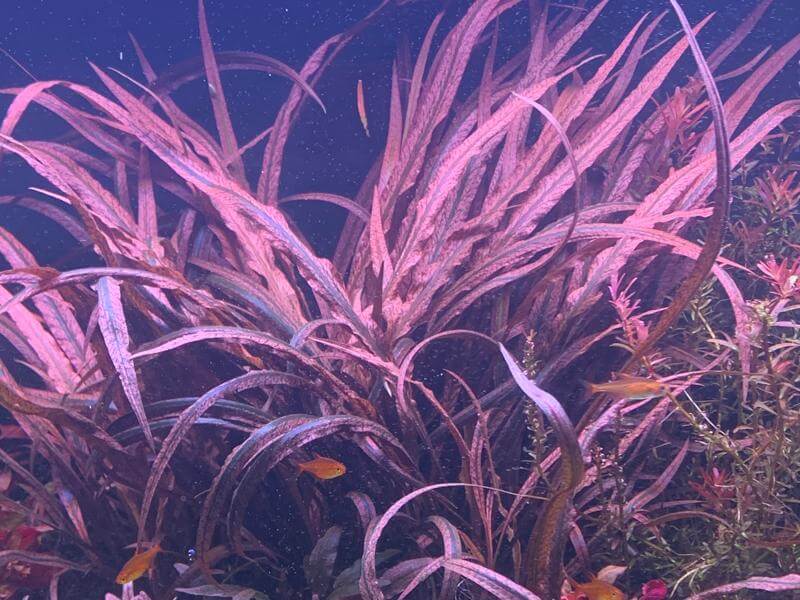
Dwarf Hairgrass
Hobbyists looking to add a carpeting plant to their sandy tanks will be happy to know that dwarf hairgrass can do quite well in such a setup. We recommend CO2 injection combined with high light when keeping dwarf hairgrass, otherwise, growth rates will be stagnant.
With two popular types to choose from, hobbyists can't go wrong with the species.
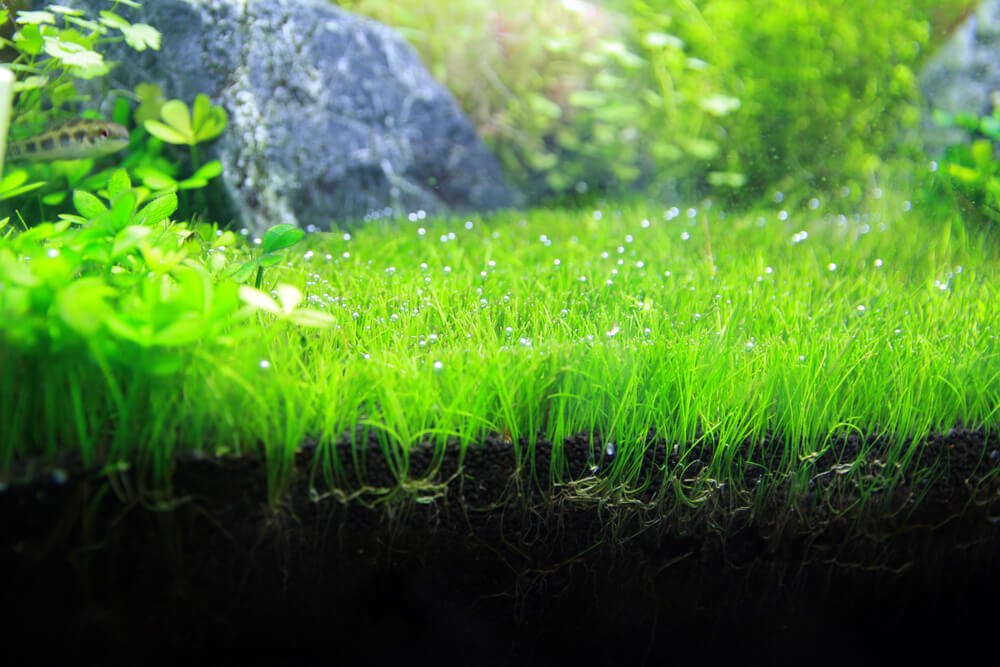
African Water Fern
Next up is the beginner-friendly African Water Fern. Native to Africa, the species is great for hobbyists new to keeping aquarium plants, and it's frequently recommended for first-time plant owners.
The plant has an appearance that resembles popular fern houseplants, such as the Boston fern.
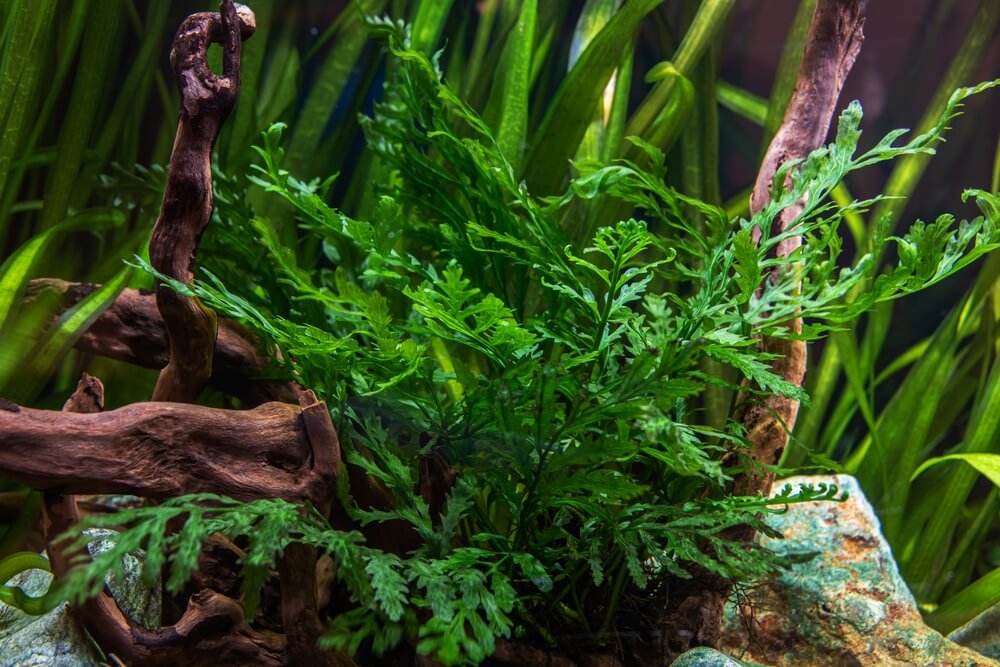
Amazon Sword
If you're looking for a plant with long, narrow vertically growing leaves, look no further than the Amazon sword. This plant is another species that's frequently recommended for beginners new to plant keeping, along with anubias. The plant is highly resilient and should have no issues growing in a sandy substrate once it's established.

Java Fern
Arguably the most common aquatic plant is the Java Fern. This rhizome-based plant is easy to take care of, but we think it's better suited for more experienced hobbyists. Any signs of deficiency in the plant leaves will require the hobbyist to fully remove the leaf, often resulting in a mangled-looking plant. Without proper care, the plant can melt easily, still, it's easy to find for sale and relatively affordable. Since it's a rhizome-based plant, hobbyists will want to ensure that the roots aren't buried in the sand-based substrate.
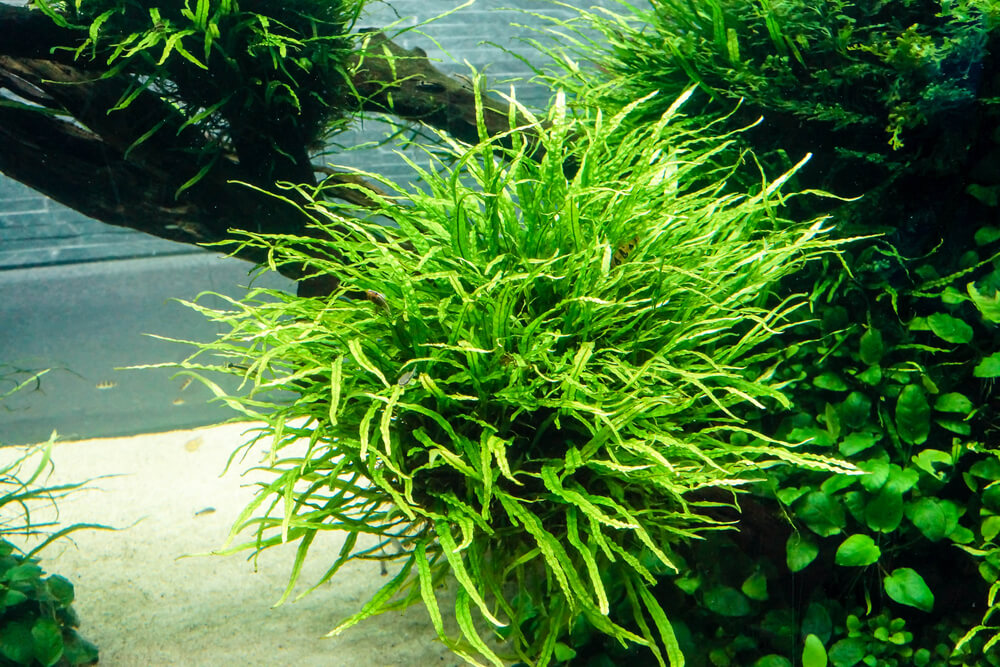
Java Moss
If you're looking for a "set it and forget it" aquatic plant, look no further than Java Moss. The plant requires virtually zero care, and some hobbyists even consider the plant to be an invasive species in their tanks. Over the years we've seen tons of unique tank designs incorporating java moss, such as using it to create a bonsai-like tree, as seen in the image below.
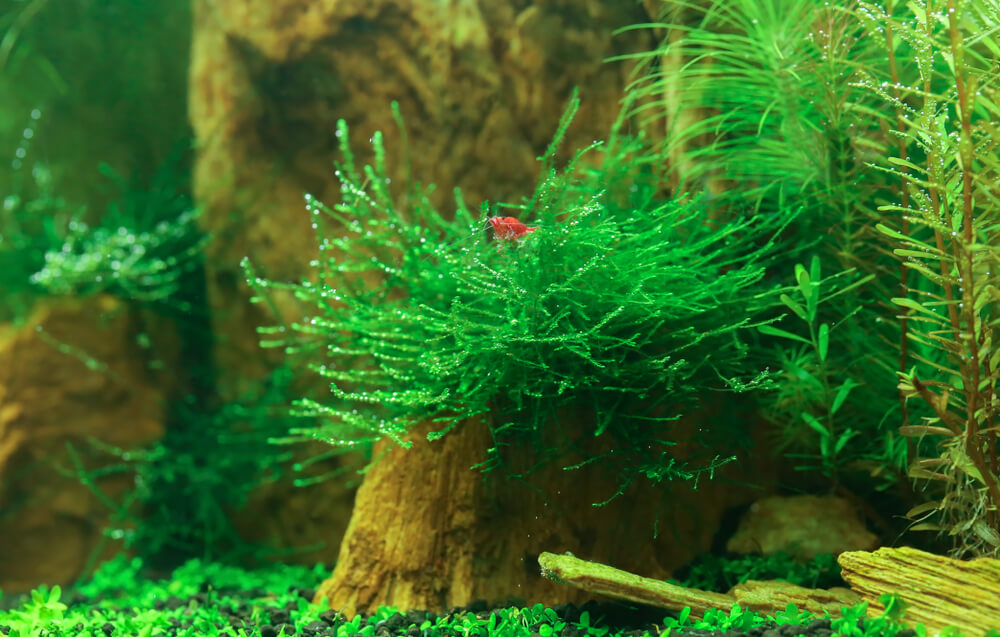
Pearl Weed
Pearl Weed is a great aquatic plant for those looking to give their tanks a bush-like appearance. With frequent trimming, this plant can fill in virtually any location in the tank, serving as an excellent candidate for the aquarium foreground, midground, and background. Best of all, it's hardy, easy to take care of, and brightly colored.
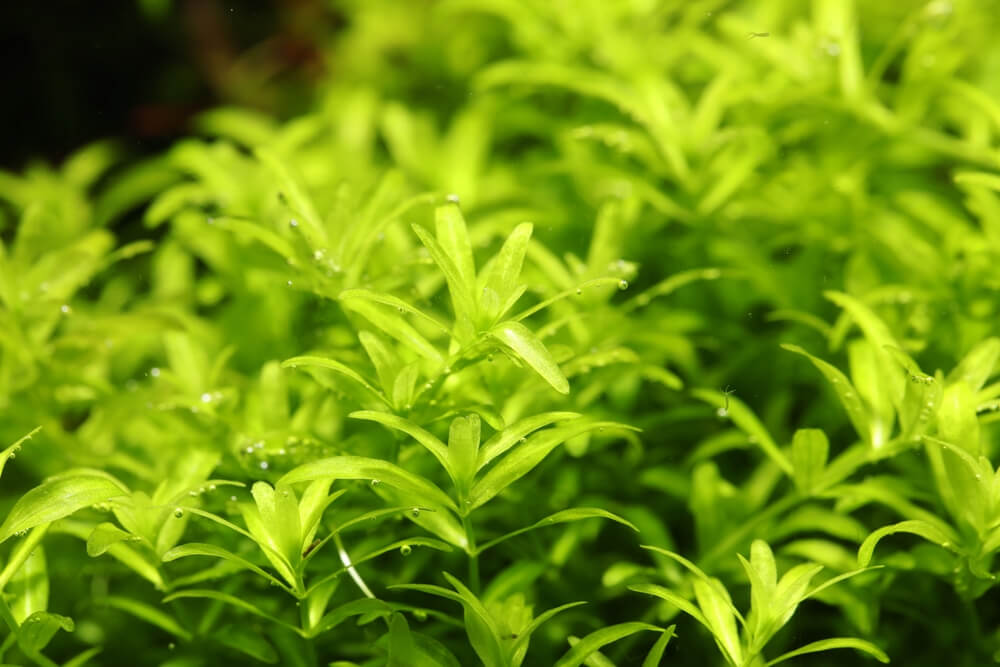
🛒 Shop Aquarium Plants Fish on Light Fish
Rotala Indica
Hobbyists looking to add a pop of red to their tanks should consider Rotala Indica. While the plant is probably the most difficult to care for on this list, it's one of the most rewarding plants to keep, with the plant's leaves displaying a brilliant spectrum of pink and red. Hobbyists will need to provide an ample supply of nutrients, CO2, and strong lighting to get the species to thrive in their sand substrate tanks.

Rotala sp. Green
If the previously mentioned Rotala Indica seems a bit intimidating to keep, Rotala sp. Green is an easier-to-care-for alternative and produces some of the brightest shades of green seen in the plant-keeping hobby. Aquarists should have no problem burying the roots of this plant in the sand, where it can thrive with enough light and nutrients.
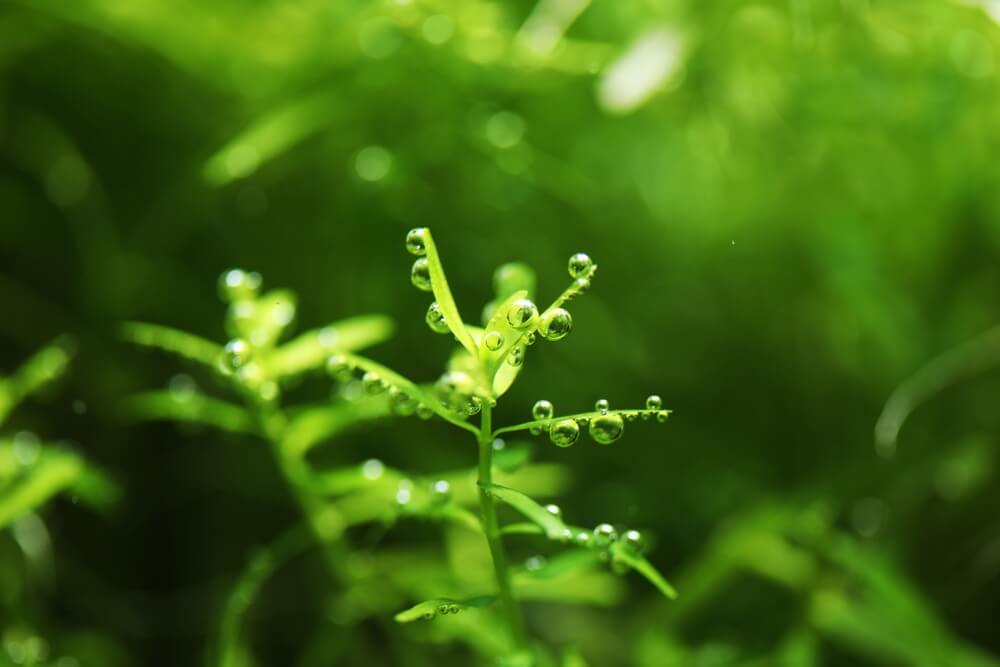
Anubias Nana Petite
If you're looking for a plant with a low profile, then Anubias Nana Petite is a great choice for hobbyists with a sand substrate tank. Similar to the previously mentioned Java Fern, Anubias Nana Petite is a rhizome plant, so aquarists will want to ensure that the roots of the plant are exposed at all times. Nana Petite is much smaller than the traditional Anubias plant, and we love the plant's dark green leaves on a tan-colored sand substrate.
👉 Shop Anubias Frazeri Rosette ($10) by GlassGrownAquatics
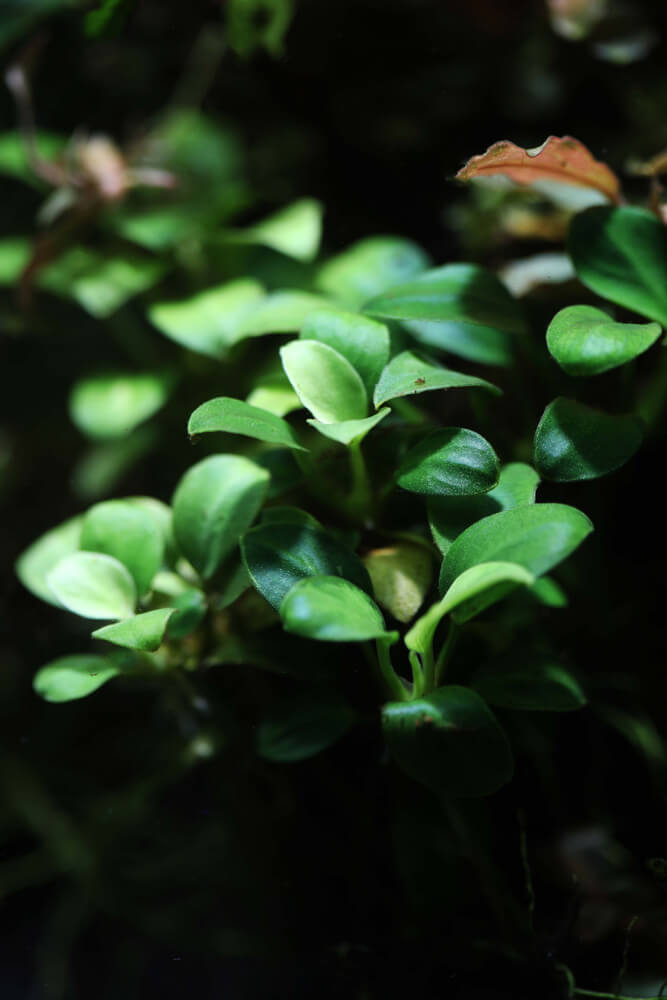
Conclusion
That concludes our list of 10 aquarium plants that are capable of growing in sand. The key takeaway here is that most plants will thrive in a sand substrate, but you'll likely need to fertilize a bit more frequently when compared to a nutrient-rich gravel substrate.
Did you have a plant that didn't make our list? Let us know in the comments below, and be sure to visit our marketplace, where you can buy and sell anything aquarium-related with other hobbyists.
December's Giveaways on Light Fish






